Ranthambore Never Disappoints
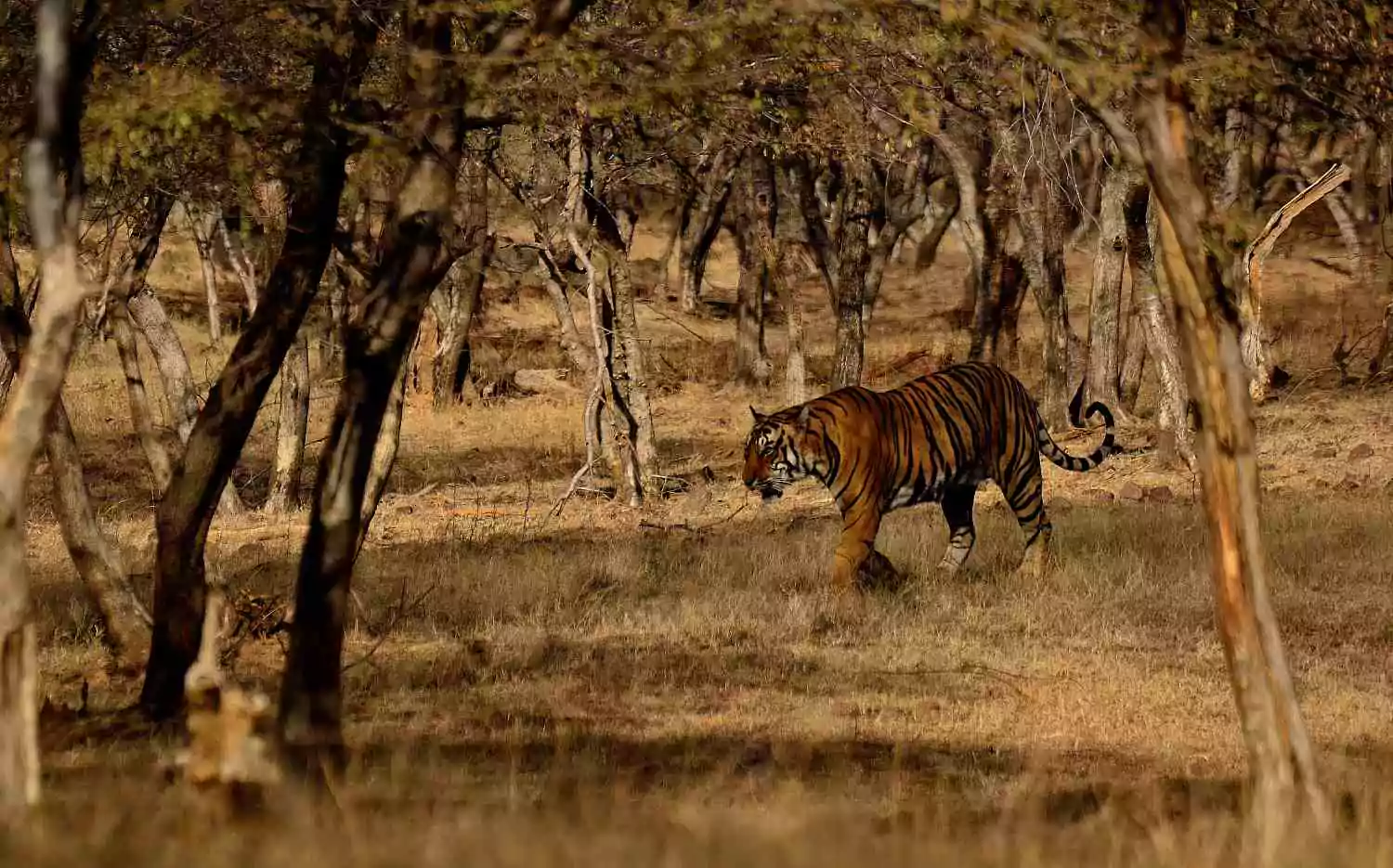
The first words I was told as I voiced the typical anxieties of a first-time visitor, by a man whose heart and spirit reside in the very grains of Ranthambhore.
Ranthambhore has a timeless charm as one of the two tiger reserves in India that has as its backdrop the ruins of a majestic and ancient fort. A fort that dates back almost 800-1000 years and a tigress that has lived for almost 2 decades now have managed to weave together their legacies and become inseparable. A fort that gave birth to a hunting ground that in turn lived on to become one of the most famous and sought-after national parks in the country and a tigress that breathed life into the reserve by giving her bloodline to it and resurrecting an establishment that was on the verge of death. Ranthambhore and its most treasured tigress Machli have had their souls entwined and tied to a single destiny.
In all my years of being a forest scavenger, the one thing I have always kept in mind is that I’m a guest at the home of the tiger and other habitants of the forest and as a guest, you enter another’s home with as much humility as possible. As I enter the park, fuelled by the narration of my guide Arvind my imagination is already racing and I can visualize an indestructible fort surrounded by a vast spread of forest that is home to one of the most beautiful predators that ever lived. When the park witnessed one of the worst poaching crises in early 2000 wherein almost half of the park's tiger population was wiped out, it was Machli and her bloodline who took charge of repopulating Ranthambore once again. Today at almost 17.5 years of age she is the oldest surviving tigress in the park and most of the tiger population of Ranthambhore & Sariska has come from her direct bloodline. Though way past her prime, I am told she still retains the strength of spirit that made her the queen of the jungle.
Spread around the fort of Ranthambhore, the Ranthambhore National Park is now the real attraction for visitors in the area. The very formidable, unconquerable range of Aravali mountains welcomes you as you take your first steps into the park. The dry deciduous Dhonk forest with the backdrop of the intimidating Aravalis is impressive enough to make you stop to think beyond the park, and its tigers, and take a moment to step back into history just to be able to picture the grandiose during the glorious days of the fort.
One of our first safaris leads us into the domain of the renowned and much-photographed T-19 or Krishna and her cubs. Zone 3 is singularly, the most popular and sought-after zone in the entire park. The Rajbagh lake and the hunting palace form a dominating part of this area and quite often tigers have been photographed lounging around the ruins of the palace grounds. As a photographer going to Ranthambhore, I had gone into the forest with many expectations as well as anxieties being well aware of the fact that a good sighting is never guaranteed and that a forest is always full of surprises. But as I was told “Ranthambhore never disappoints” and I was in to see how true that statement would hold. A little way into zone 3 our very experienced and well-informed guide Arvind was able to spot a movement way out of ordinary sight level and true enough we managed to spot Krishna’a cubs soon after, in the wilderness. Luckily for me, they decided over the next half hour or so to grace us with some lovely tender moments that left me feeling utterly humbled and my flash card completely exhausted.
What made an interesting sighting, even though not the best technically was the sighting of T 74 and 75. While speeding through the forest on our way back from Bakaula in zone 5 we got the scent of dead animal and knew instantly that there was a kill nearby. As we stopped next to some tall grass we were hushed and asked to hear quietly the sound of bone crunching which my hard-of-hearing ears were unable to catch, despite much coaxing but I managed to see some movement in the grass ahead. An instant decision had us heading to the opposite hill while the other cars waited in the same spot. Turned out that this instinctive decision proved to be a lifesaver and behold came the tiger out of the grass towards our side, peeped his head out to look directly into my lens and gave a fantastic habitat shot. In all honesty, I always feel that the joy of a sighting, once you have worked hard for it, is unsurpassable by anything else.
Through our safari, we were continuously lucky to be able to go on to see many more tigers that
included T 73, 74 and 75. In all a count of seven different wild tigers was what I photographed. As a frequent visitor to Jim Corbett Park, that number was a staggering revelation as Corbett will offer much fewer and scantier chances of sightings of tigers. Hopefully, Ranthambhore will continue to be as gracious as it was during my first visit.
Still fresh from my visit to Ranthambhore and still fresh with all the memories of the forest I feel like I left a piece of my soul behind in the forest and brought a piece of Ranthambhore back with me. Many more adventures, songs of the forest and many more journeys into the heart of another forest, I feel now are about, to begin with the tigers of Ranthambhore.

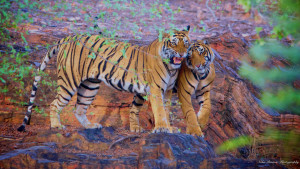
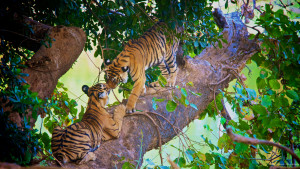
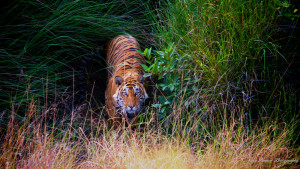
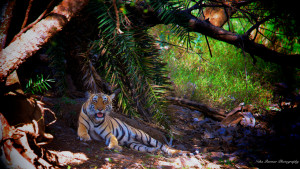
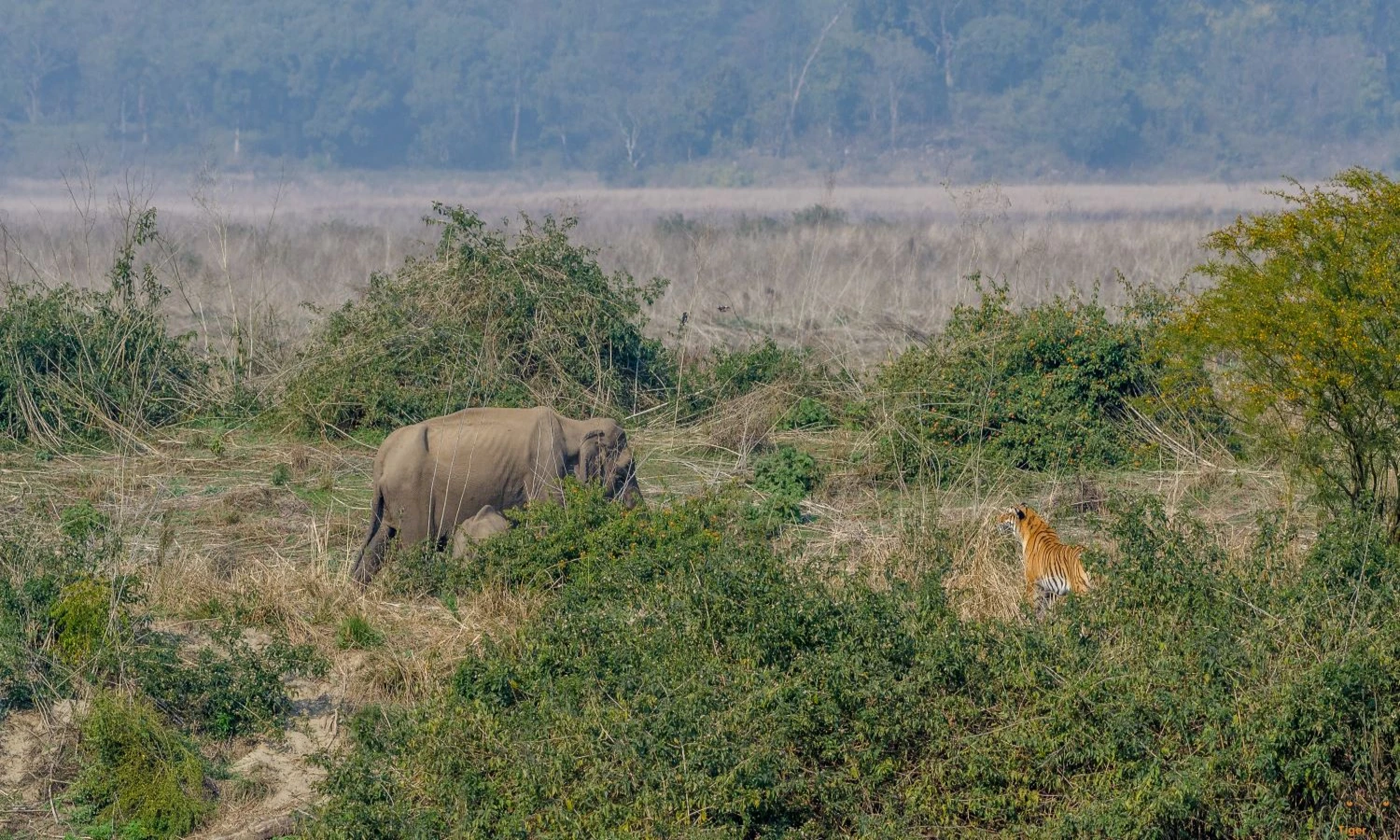

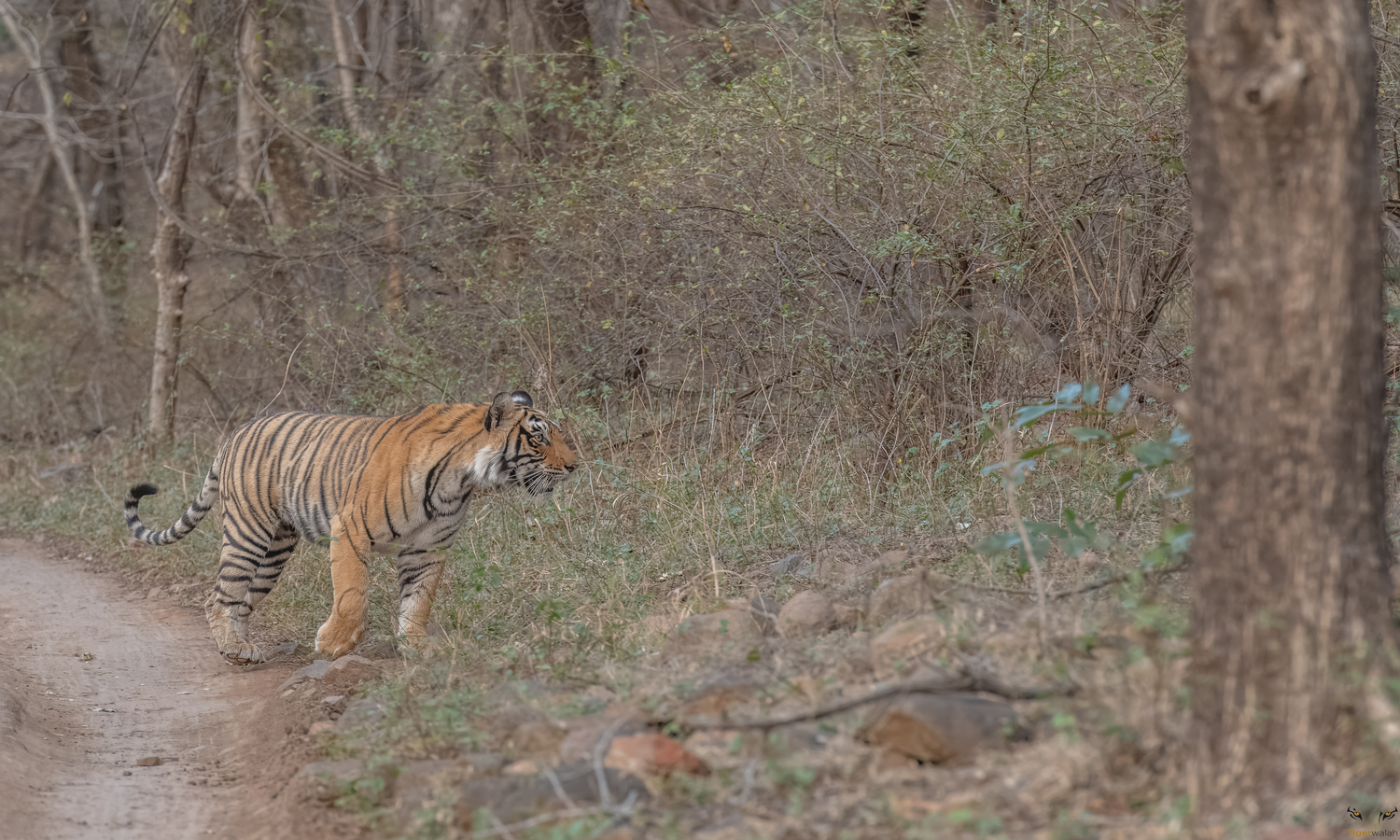






Be the first to share your thoughts!